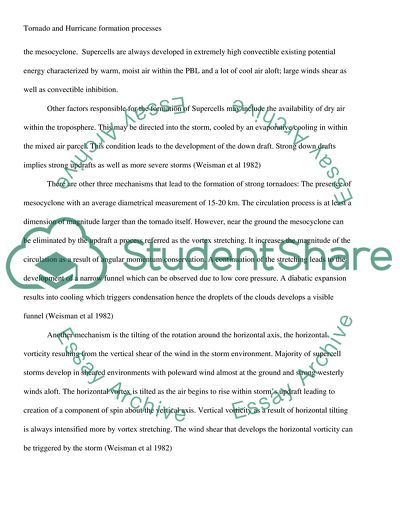Cite this document
(“Tornado and Hurricane formation processes Research Paper”, n.d.)
Tornado and Hurricane formation processes Research Paper. Retrieved from https://studentshare.org/environmental-studies/1596782-processes-responsible-for-the-formation-of-tornadoes-and-hurricanes
Tornado and Hurricane formation processes Research Paper. Retrieved from https://studentshare.org/environmental-studies/1596782-processes-responsible-for-the-formation-of-tornadoes-and-hurricanes
(Tornado and Hurricane Formation Processes Research Paper)
Tornado and Hurricane Formation Processes Research Paper. https://studentshare.org/environmental-studies/1596782-processes-responsible-for-the-formation-of-tornadoes-and-hurricanes.
Tornado and Hurricane Formation Processes Research Paper. https://studentshare.org/environmental-studies/1596782-processes-responsible-for-the-formation-of-tornadoes-and-hurricanes.
“Tornado and Hurricane Formation Processes Research Paper”, n.d. https://studentshare.org/environmental-studies/1596782-processes-responsible-for-the-formation-of-tornadoes-and-hurricanes.


